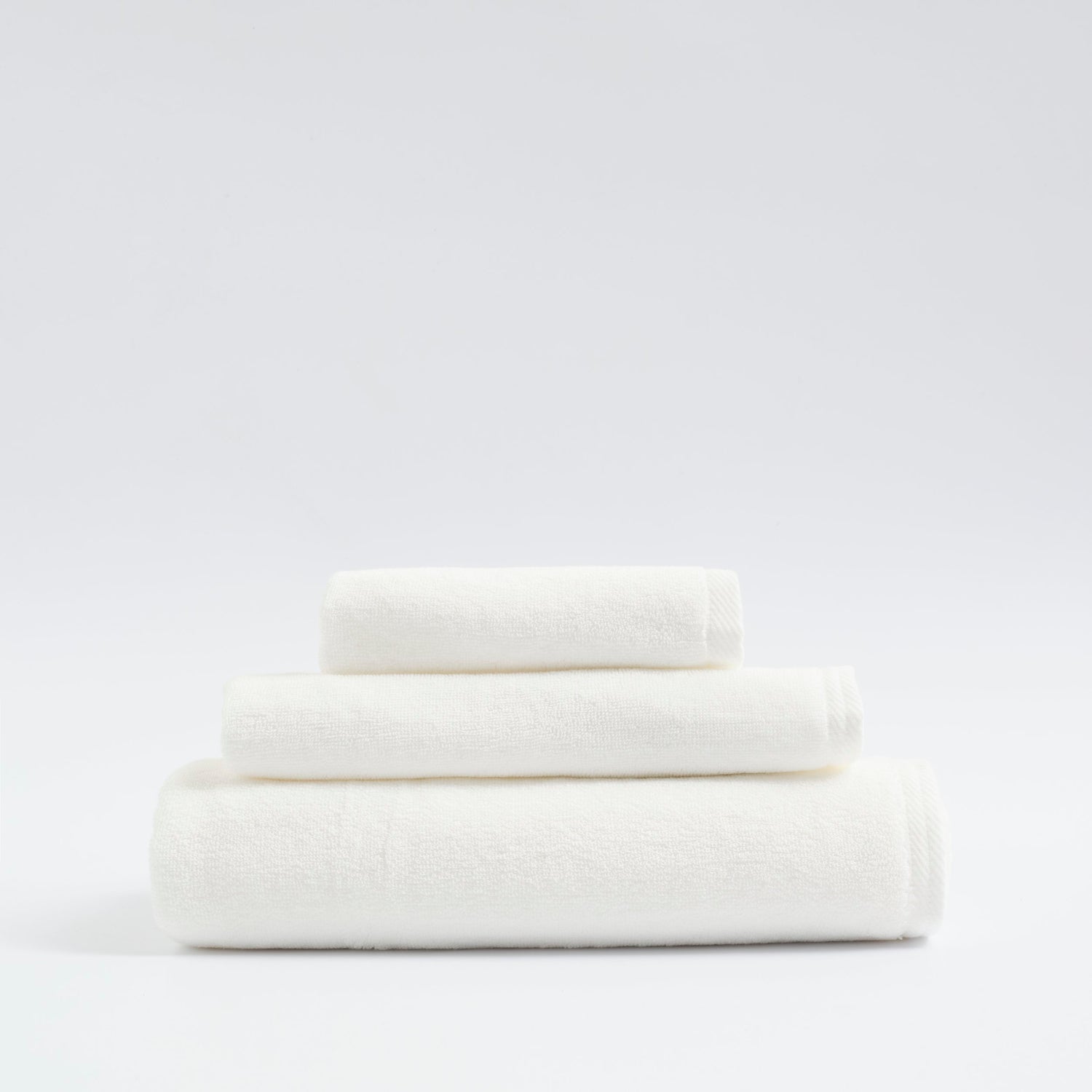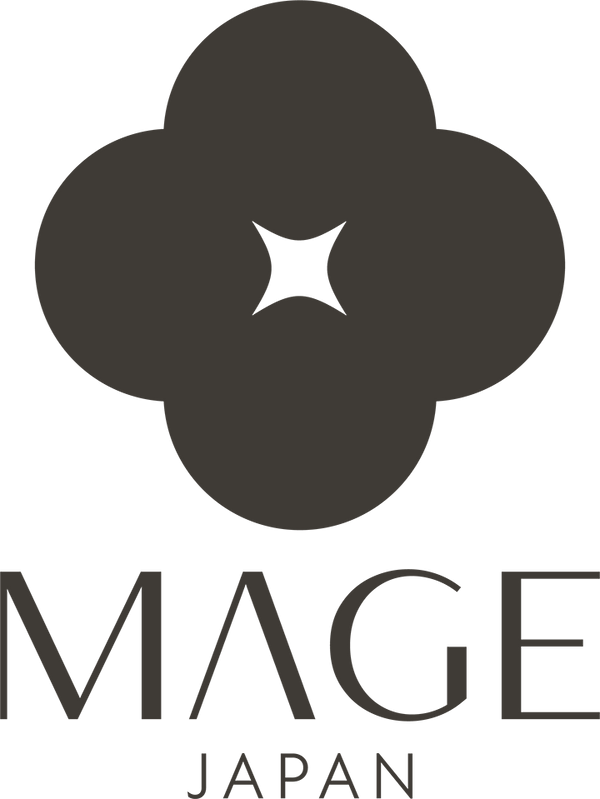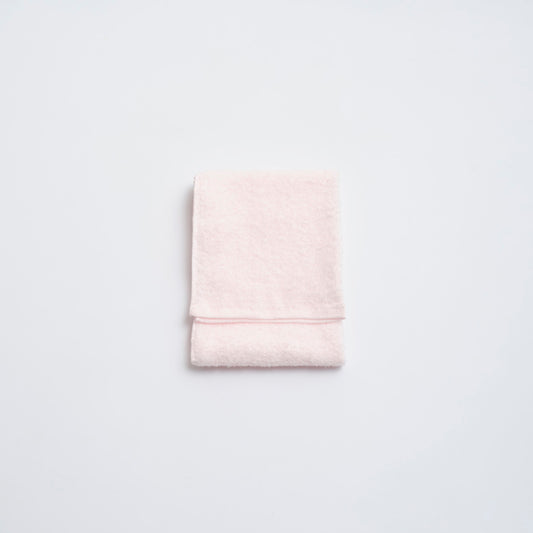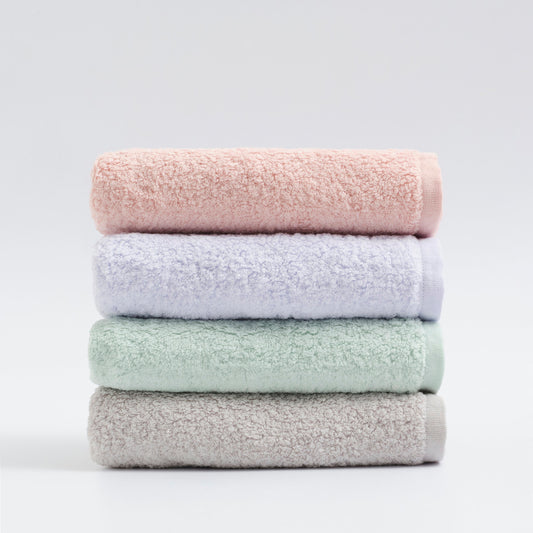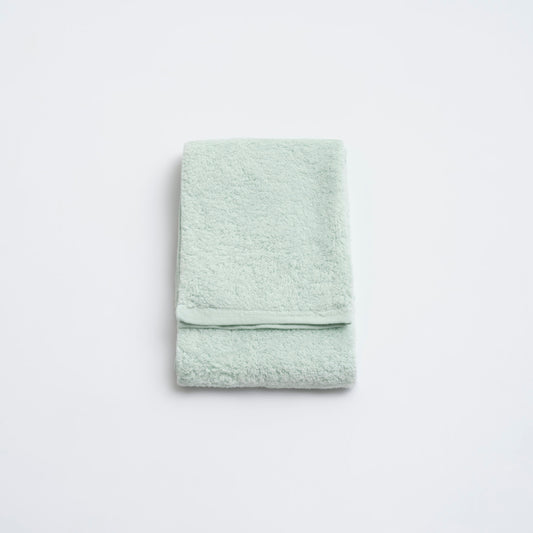
Collaboration with Oboro Towel
Oboro Towels: Softness and Quality
The Oboro towel was created by Shozaburo Morita, a Japanese portrait artist, in 1909. But despite modern towel production spanning most areas of the globe, the traditional manufacturing methods from the Tsu City area where the Oboro towels were first produced remain steadfast. The moderately-thick towel is favored by the Japanese people who value the soothing waters of hot springs and long, luxurious baths. So what makes them so popular?
A major factor in their popularity is their texture, which consists of a thin pile thread that is about half the thickness of standard towels on sale. This makes the towel extra-soft on the skin, as well as very absorbent, being capable of drying the skin and wiping down afterward with ease. When done, there is no stressing about how to make towels soft again. These 100% cotton towels are easily wrung out and dried, remaining soft and lightweight after use.
Why Are They Called Oboro Towels?
The Japanese word Oboro directly translates to hazy or cloudy, which refers to the dyeing method of the towels and the hazy effect it creates on the cotton pile. Only the cotton ground the pile is attached to is dyed, leaving the soft yarn untouched by color. When viewed, the colored soft cotton looks like it is misty and partially obscured, hence the name Oboro.
MAGE Oboro Towels
MAGE’s 100% cotton Oboro towels are created using the same manufacturing methods first used in 1909 by Morita, providing our Australian customers with a luxurious product that celebrates the traditions of Japanese design while maintaining the highest of quality standards.
Oboro Towel Collection
-
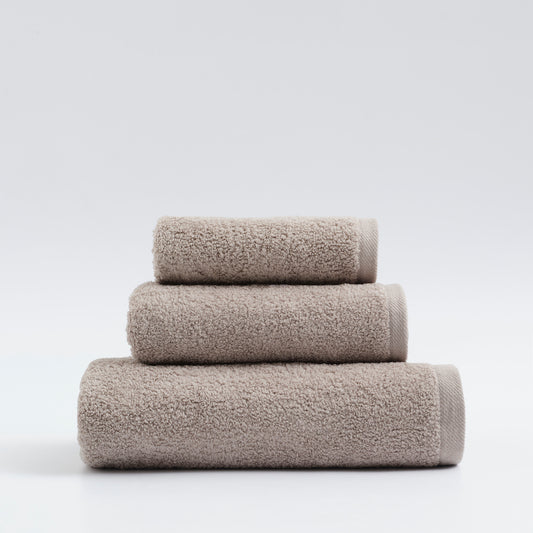
 Bundle Available
Bundle AvailableOboro Lavish Cotton Towels
Regular price From $18.99Regular priceUnit price / per$129.00Sale price From $18.99Bundle Available -
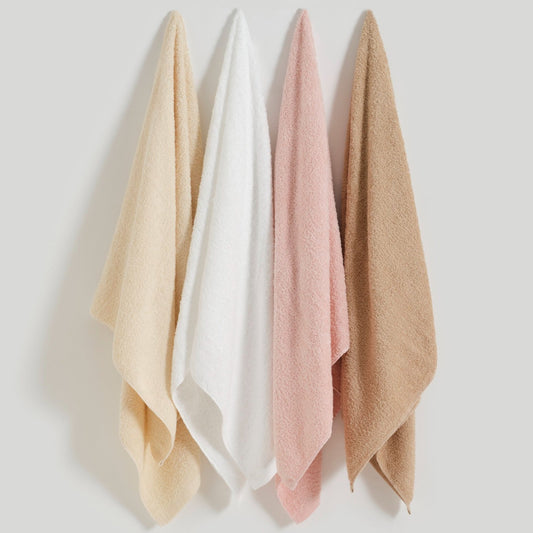
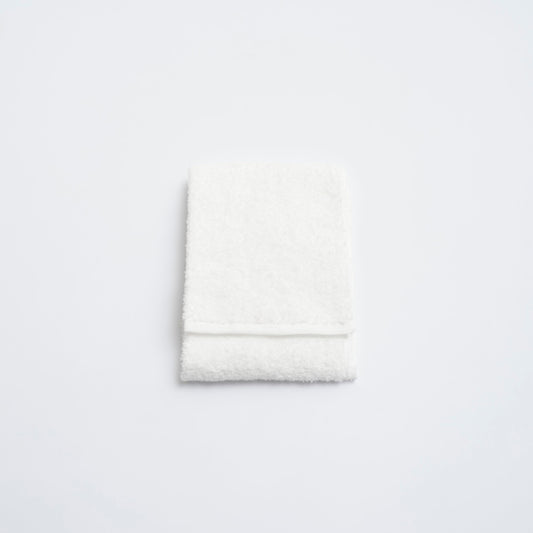 Bundle Available
Bundle AvailableOboro Quick Dry Everyday Towels
Regular price From $22.99Regular priceUnit price / per$79.50Sale price From $22.99Bundle Available -
Oboro Face Towels
Regular price $29.50Regular priceUnit price / per -
Oboro Hair Towels
Regular price $39.99Regular priceUnit price / per
